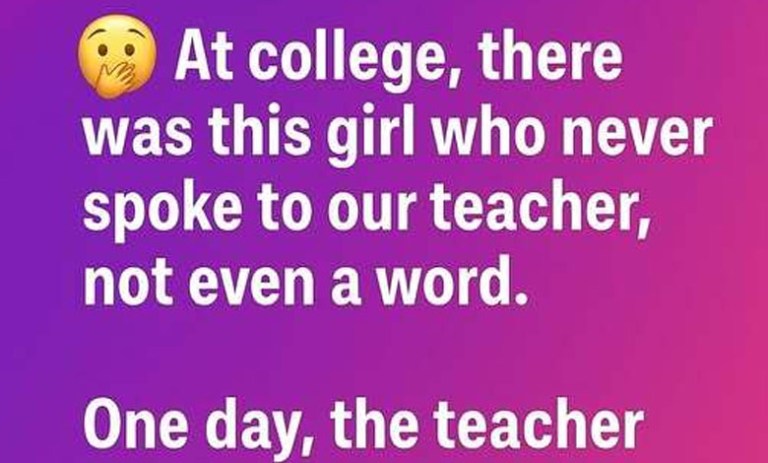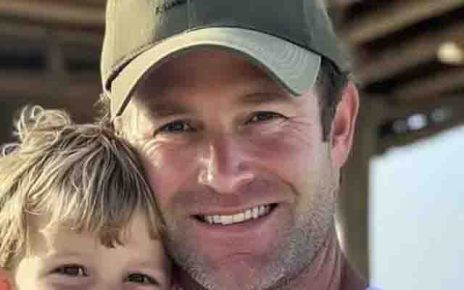Every classroom has that one quiet student — the one who blends into the background, never raising a hand or drawing attention. She was that girl — always by the window, notebook perfectly aligned, eyes steady but distant. Most assumed she was shy or disinterested, and even our outspoken professor dismissed her silence as apathy. He equated speaking with engagement — a belief that would soon be challenged in a way none of us would forget.
One Thursday, frustrated with our lack of participation during a discussion on ethics, the professor turned to her and snapped, “You’ve been here every day. Say something. Did no one ever teach you how to speak?” The words hung heavy in the air. Calmly, she stood, walked to the whiteboard, and wrote: “I lost my voice in an accident two years ago. But that doesn’t mean I have nothing to say.” The room went silent. The professor stammered, ashamed. She added another sentence: “Most people don’t ask. They just assume.” In that moment, everything shifted — the lesson became bigger than any textbook could hold.
The next day, the professor brought her a small whiteboard. “So you can join the discussion,” he said softly. From then on, she contributed more than anyone — writing her thoughts, sharing insights full of empathy and depth. Soon, several of us began learning sign language from her. The classroom grew quieter, not from discomfort, but from genuine listening. The professor admitted one day, “I used to think communication was about talking well. But she taught me it’s about listening — to what’s said and what isn’t.”
On the final day of class, she wrote one last message on the board: “Thank you for listening. It means more than you know.” No one erased it — her words remained there for months, a reminder that silence can hold profound meaning. Years later, I still think of her — the girl who couldn’t speak yet taught us all the power of presence, compassion, and true understanding. Her silence spoke louder than words ever could.




